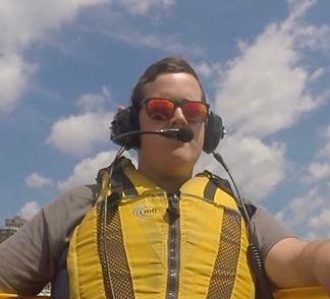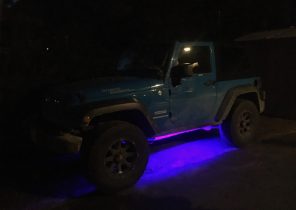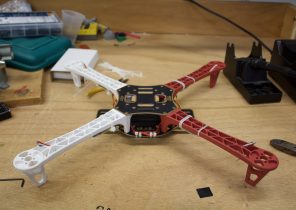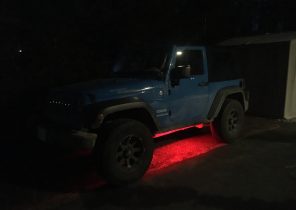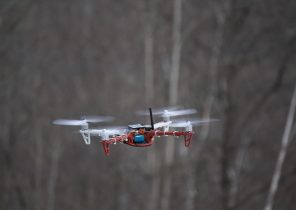After ALIE 2.0 came to life, I used it as a platform for a few different things. I strapped a Raspberry Pi to it and tried out some different video streaming techniques over wifi, captured some good static images, and strapped on a GoPro for some photography. Generally I was getting a feeling for the platform and having fun flying!
The first time ALIE 2.0 decided to become an underwater vehicle was shortly after taking this photo of a train bridge:
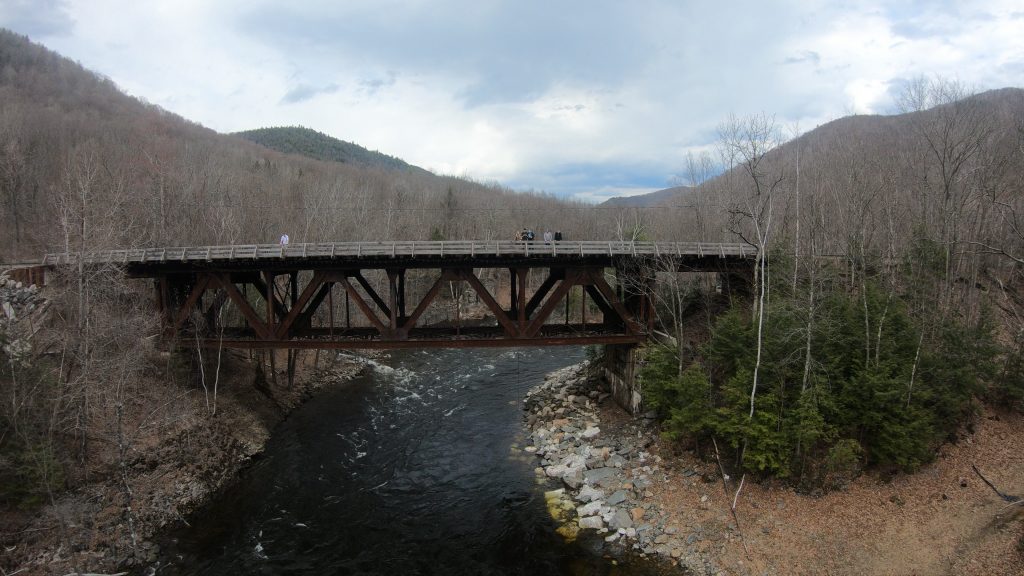
I ended up flying juuuuust too close to a tree under the bridge, and after several valiant attempts to correct course, ALIE 2.0 plunged into the icy water.
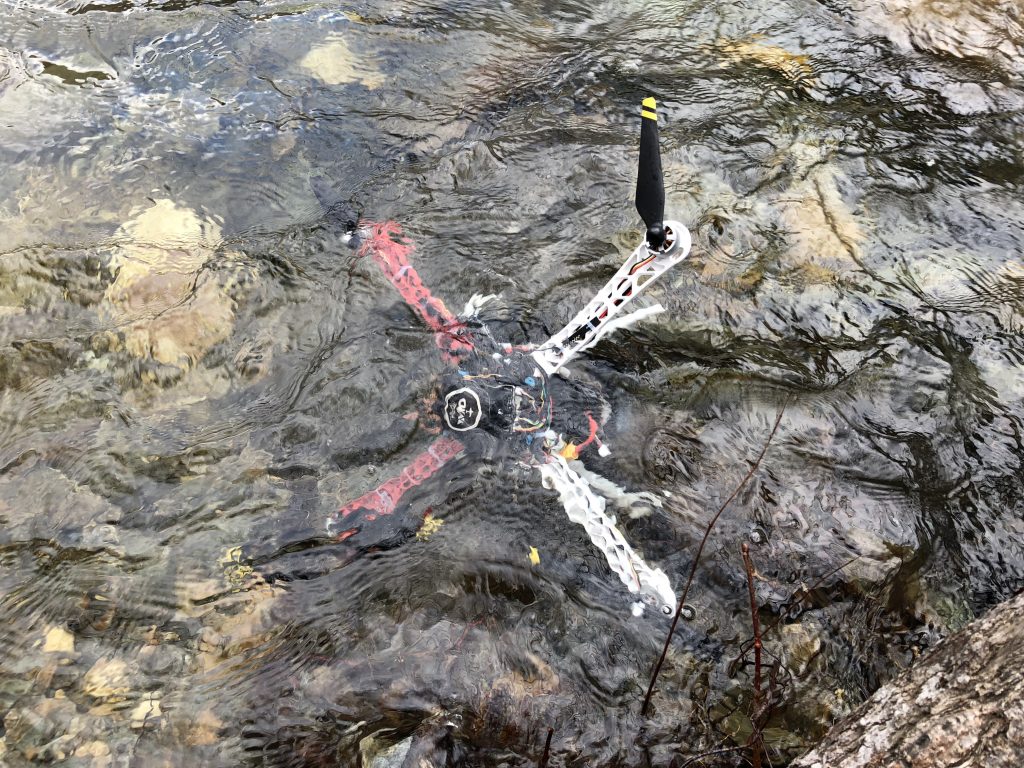
It also captured one of the greatest photos I could have hoped to get out of an aerial vehicle; A view of the air, from underwater:
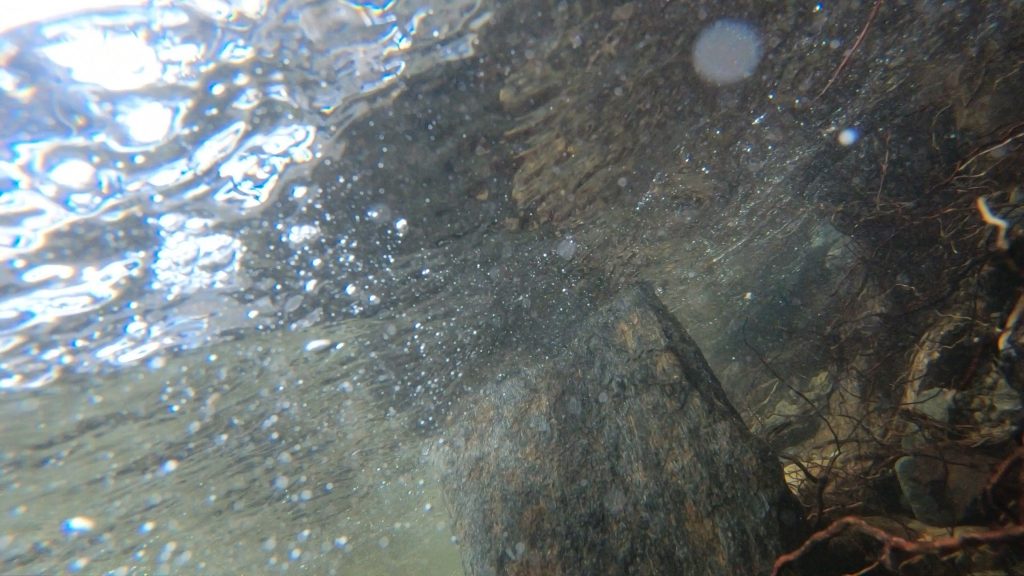
Conveniently, the crash site was only a few feet from shore in shallow, rocky water.
I rushed down the embankment to find the copter still beeping, with one motor above the surface twitching slightly. I quickly pulled it out of the river and unplugged the battery. Unfortunately I was using carbon fiber props at the time, so none survived, but my outlook was optimistic for the general state of the electronics.
When we got back to our temporary base of operations, I totally disassembled the GPS, flight controller, and everything that could come apart. I even cut the shrink wrap off the ESC’s to get them drying as well. One borrowed hairdryer and about an hour later and things were looking good. The water was from a swift freshwater stream so there were no visible deposits of any sort left on any of the boards after drying. I re-assembled everything the next day and to my relief, it seemed like everything was still working! I was able to take it up the very next day to capture some views of the valley:

Things were going well, although over the next few months I did start to notice that every once in a while there would be a short burst of random unexpected behavior. However, that didn’t stop me from going for another over-water flight. This time we decided to see if we could pick up a little water from our local, inactive, flooded cranberry bog:
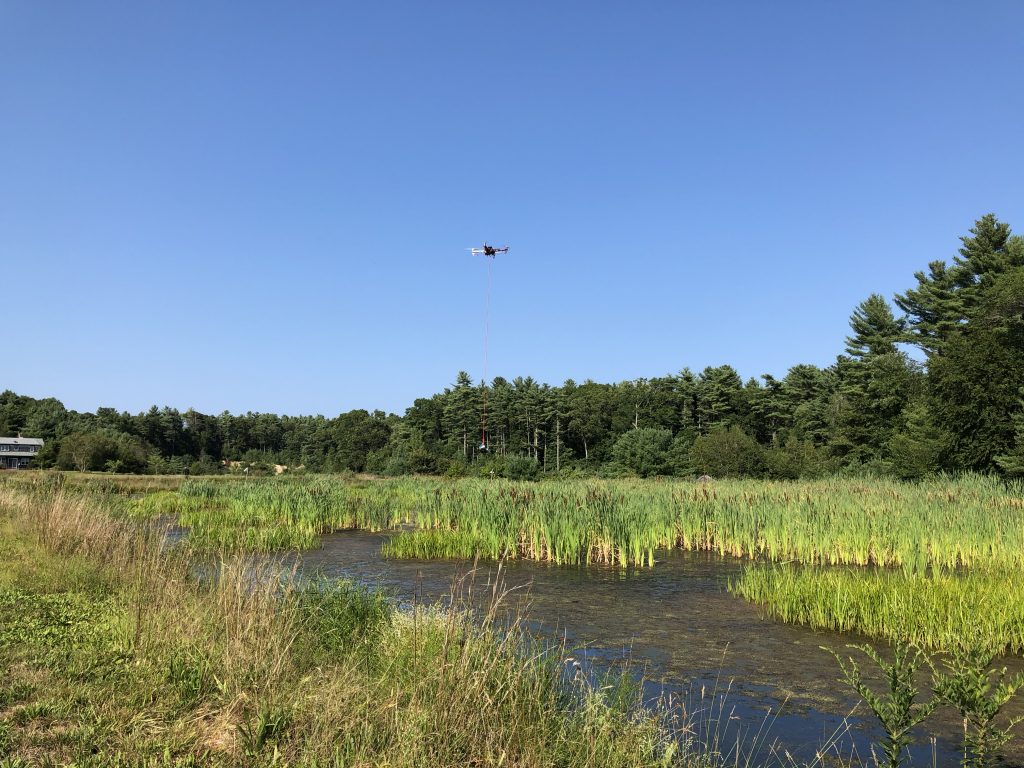
Which went really well, right up until the exact moment that it really didn’t:
That specific moment, one of those weird anomalies happened and power to one motor was cut for a split second, leading to an unrecoverable nose dive into the swampy water below. During the nose dive one of the props caught the tether to the water sampling device and wrapped itself up, compounding the issue.
We pulled it out, and things didn’t look great. It had been underwater for a few minutes as we ran to our home base to grab a pole saw to fish it out with, and there were no signs of life after extraction. Well, other than the bountiful harvest of pond weeds that came along for the ride:
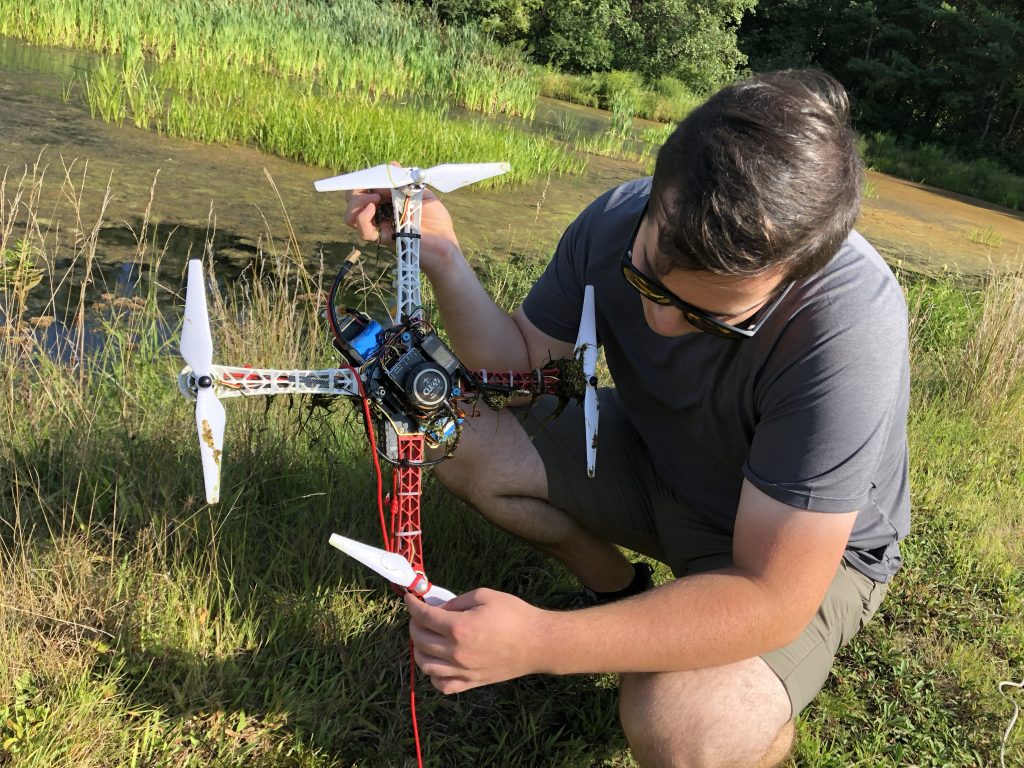
We took the copter back to the lab, totally disassembled everything, and started washing off all the muck with some nice fresh water:
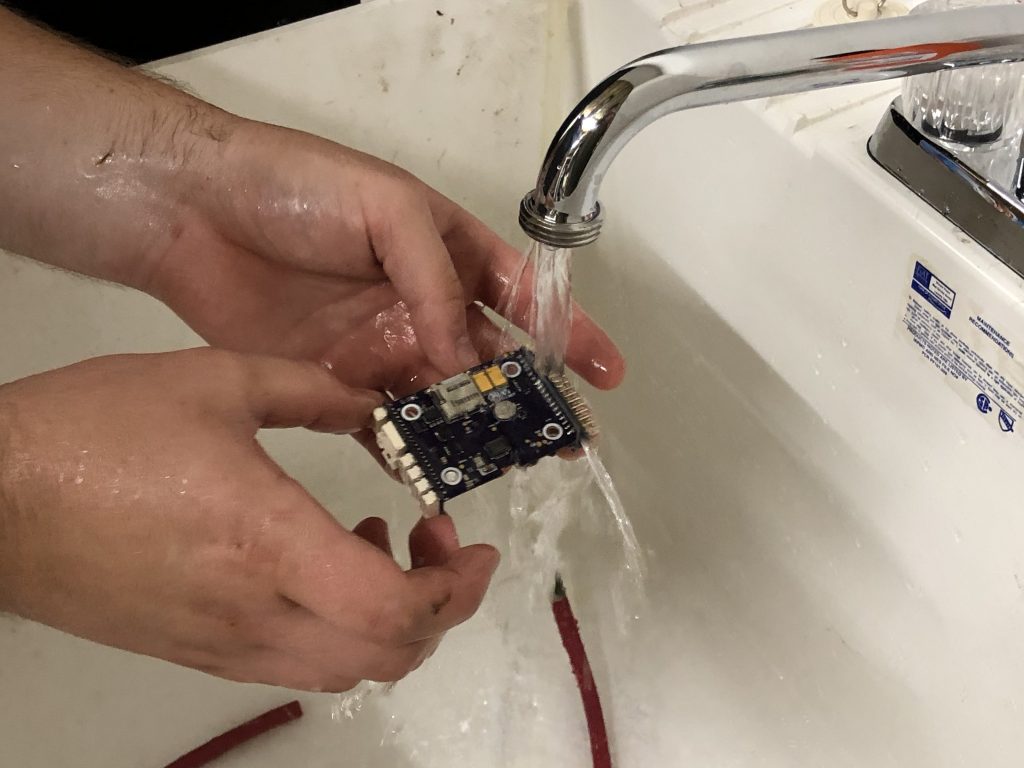
One quick wipe down with some rubbing alcohol later and everything was ready to be re-assembled. To my amazement, once again everything worked and the next day it was back in the air.
After the second time ALIE 2.0 went swimming, I decided to order some conformal coating, which I now apply to all my electronics that venture into field environments. Sometimes that tiny layer of silicone makes all the difference. I also decided that with these occasional random failures I didn’t want to add much more to the copter. If it would occasionally fall out of the sky I didn’t want it to take additional sensitive electronics with it.
And so with that second water landing, I started designs for ALIE 3.0, relegating 2.0 to a fly-for-fun role in my UAV lineup.

